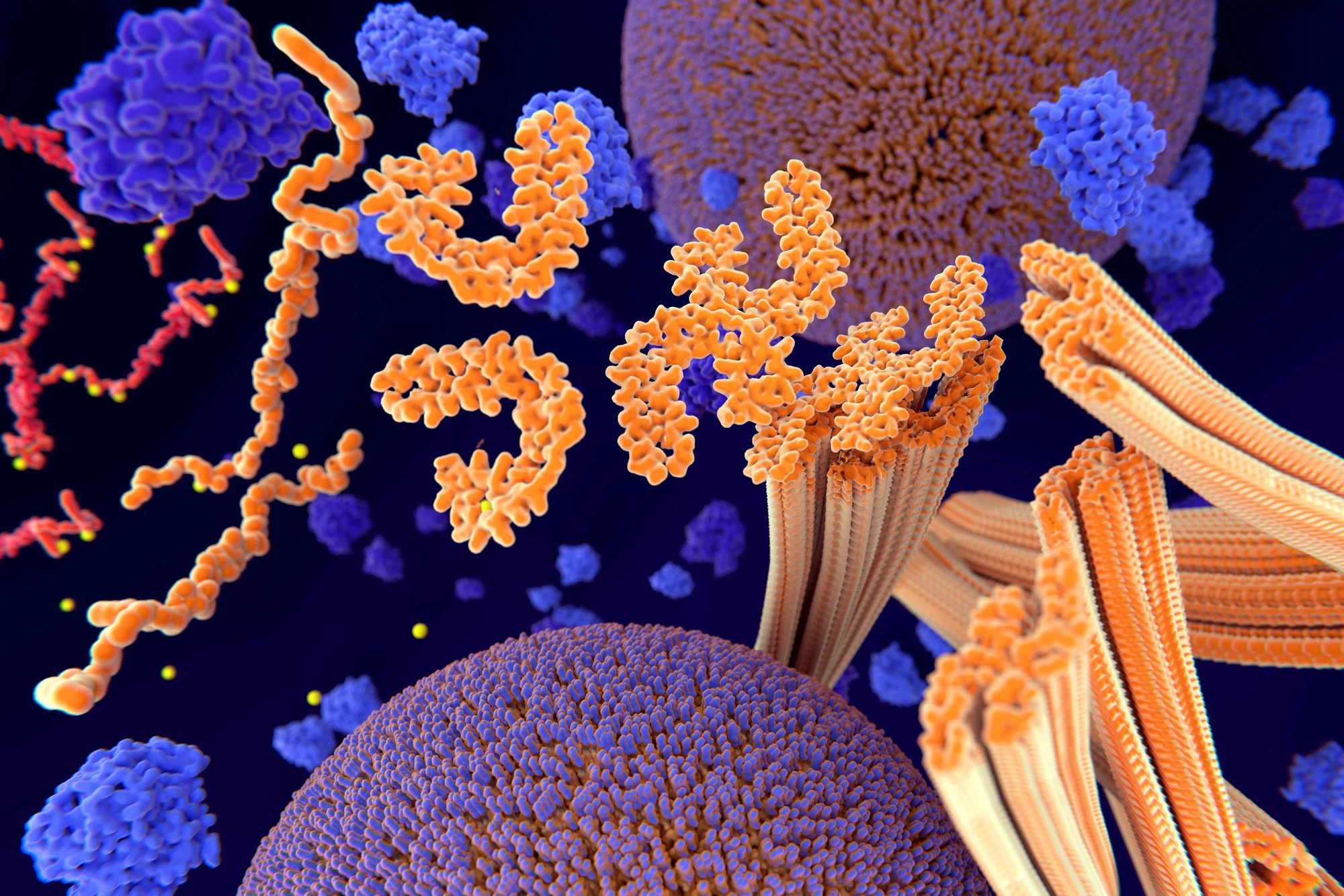Get the latest tech news
Researchers Uncover Hidden Ingredients Behind AI Creativity
Image generators are designed to mimic their training data, so where does their apparent creativity come from? A recent study suggests that it’s an inevitable by-product of their architecture.
Mason Kamb, a graduate student studying applied physics at Stanford University and the lead author of the new paper, has long been fascinated by morphogenesis: the processes by which living systems self-assemble. The very mechanisms which constrained diffusion models’ window of attention during the denoising process — forcing them to focus on individual patches, regardless of where they’d ultimately fit into the final product — are the very same that enable their creativity, he found. AI is also just assembling the building blocks from what it’s seen and what it’s asked to do.” Both human and artificial creativity, according to this view, could be fundamentally rooted in an incomplete understanding of the world: We’re all doing our best to fill in the gaps in our knowledge, and every now and then we generate something that’s both new and valuable.
Or read this on Hacker News

